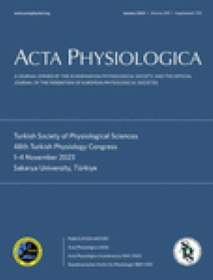Fentanyl Disrupts Vagal Control of Airway Tone to Induce Transient Obstruction
Abstract
Aim
Opioid-induced respiratory depression (OIRD) is the primary cause of death in opioid overdose, resulting from both suppressed respiratory rhythm and increased airway and thoracic rigidity that compromise ventilation and resuscitation. While the effect(s) of opioids on central rhythm-generating circuits are well documented, the mechanisms leading to airway obstruction remain poorly understood. Here, we investigated the hypothesis that enhanced vagal parasympathetic output contributes to fentanyl-induced airway disruption.
Methods
In urethane-anesthetized mice, diaphragm electromyography (EMG), respiratory airflow, and vagus nerve activity were recorded in-vivo before and after intraperitoneal fentanyl administration (500 μg/kg). The effects of bilateral vagotomy, atropine administration, and intracisternal naloxone were evaluated to determine the contribution of vagal pathways and central opioid receptor mechanisms.
Results
Fentanyl caused a characteristic slowing of respiratory rate accompanied by a compensatory increase in tidal volume, but also produced a transient delay between diaphragm activation and airflow onset, consistent with airway obstruction. This delay was abolished by bilateral vagotomy or atropine and reversed by intracisternal naloxone, implicating central vagal mechanisms. Vagal electroneurograms showed increased tonic multiunit activity and enhanced large-amplitude single-unit firing, particularly within efferent fibers, together with a loss of normal inspiratory phase-locking. The magnitude of tonic vagal activation strongly correlated with the severity of airway disruption.
Conclusions
Fentanyl disrupts respiratory-autonomic integration by enhancing parasympathetic vagal drive, producing a central, opioid receptor-mediated mechanism of airway constriction. Targeting vagal pathways may therefore represent a promising adjunctive strategy for improving airway patency and ventilatory recovery during opioid overdose reversal.


 求助内容:
求助内容: 应助结果提醒方式:
应助结果提醒方式:


